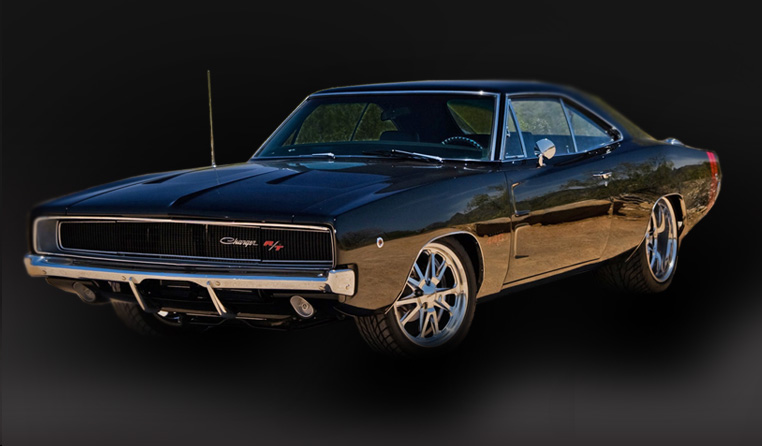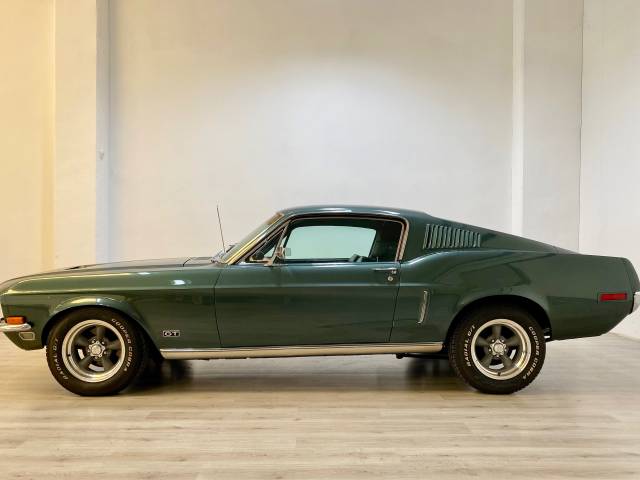
1969 Dodge 440 joined Super Bee line-up with Six-Pack trim and 390 horsepower. In 1970 styling was modified to look like a spinster spectacle frame with a bumblebee wings grille. The Super Bee sales fell by half in 1970 but the Charger was still a popular choice for muscle car buyers. The Super Bee is no longer the most popular car. However, there were still many good year ahead.
2008 Dodge Charger SRT8
The Dodge Charger SRT8 superbee is fast and has a unique feature, namely a low-grade interior. While the seats are wide and supportive, the seat isn't exactly retro. It even has a steering column that looks like a turtle decapitated. This car isn't for people looking to buy a brand new luxury vehicle but it's still fun.
The 2007 Dodge Charger SRT8 Super Bee trim is a limited edition that was available only in three colors. The classic Super Bee decals were found on the hood, fenders and bumpers. The interior was updated by blue accent stitching. This limited edition model is highly collectible. You should consider the Dodge Charger SRT8 superbee if you are looking for a rare vehicle to own.

1968-1970 Dodge Super Bee
The 1968-1970 Dodge Super Bee muscle car could be the one for you. Based on the Coronet coupe design, this muscle car was both comparable in price and performance with the Plymouth Road Runner. The 1968 Super Bee was 65 pounds heavier than the Road Runner, had a longer wheelbase and wider rear wheel openings. It also featured a bumblebee tail stripe and a fancier grille.
The 1969 and 1970 Super Bees got a major redesign with looping chrome bumpers. It was also equipped with new taillamps. These cars were available in coupes or hardtops. And the Hemi motor topped the list for power. Whether you want a three-speed manual or four-speed automatic, the 1968 to 1970 Dodge Super Bee was sure to meet your needs.
1969-1970 Dodge Super Bee
From the 1960s, the entry-level muscle car was the Dodge Super Bee. It was produced from 1969 to 1970. The Plymouth Road Runner became the low-priced model of the muscle car. The Super Bee was available with three different engines in its original production, all of which were V8s. The 1969 Super Bee came with a new grille, and a new headlight design. However, the rest of the model was the same as the 1968 model. Halfway through the year, a new engine came on board. This new engine, the 440 cu-in Six-Pack, gave it 390 horsepower and cost less than the 426 cubic-inch Hemi.
The A12 package included features such as an aluminum intake manifold, heavy-duty radiator and a scooped roof. It also had upgraded handling, suspension and other features. It featured a 440-cubic-inch V8 with three Holley two-barrel carburetors and a 10:1 compression ratio. The engine produced 390 horsepower, and 490 pound-feet. The engine mated with a three-speed automatic transmission was a popular choice for most consumers.

1968 to 1970 Dodge Coronet
The Coronet first appeared in 1949 as a Dodge post-war model. It quickly evolved into a muscle vehicle. The 1968 Coronet received a redesign that included a rounder design and updated styling. There were many options for Coronet body styles and engine options. Coronet R/T was most popular Coronet model. Many buyers chose a Coronet R/T.
The 1969 Super Bee was much the same as the previous generation with some minor modifications, such as a new grille or restyled headlights. Midway through 1969, the car received a new engine. It was now powered a Hemi engine of 390 horsepower. But it cost significantly less that its predecessors. This engine allowed the Super Bee, as well as other more expensive models, to compete with the four-door Plymouth which had a Hemi.
FAQ
Is being a mechanic apprentice hard?
Although it's not an easy task, you will learn quickly and have many opportunities to advance.
You need to have patience and perseverance. It is also important to know how you can fix vehicles, trucks, or motorcycles.
Customers and relatives can exert a lot on you. But, you shouldn’t be pressured to make any decisions you aren’t happy with.
This is a career that you might enjoy if you are passionate about fixing cars. It is a job you can get a decent salary for and help build your business.
However, you might prefer to go down another route. You might consider becoming a technician in this instance.
This involves using your technical expertise to support other workers. Technical support could include helping technicians to troubleshoot issues or teaching them new techniques.
Another option is becoming a service advisor. You will offer assistance and advice to customers when they bring cars to a garage.
The decision you make will depend on what you are looking for. There are many options, so you can choose the one that suits you best.
What are the requirements of an automotive technician?
You must have completed high school or GED with good grades in maths and English. It is also necessary to be able both to read and to write. To be allowed to work, you must pass a written and practical test.
Is it worthwhile to become a mechanic?
The answer to this question depends on what you want from life if you are looking for money, then yes, but if you're looking for meaning and purpose, then no.
It's not worth learning mechanics if you don’t have the skills. You'll waste your time. You won't become rich from it. You won't become famous. It's unlikely that it will change your life.
You'd need to spend years learning how everything works. Also, you would need to hire someone else to fix it if it broke down. This is why most people don’t bother. They find something better.
Let's sum it up: If you want to make a lot of money, then do so. But if you want to live a meaningful life, stay away from the mechanic's industry.
Statistics
- According to the BLS, the median annual salary for automotive service technicians and mechanics in the United States was $44,050 in May 2020. (uti.edu)
- Apprentice mechanics earn significantly less hourly than mechanics who have completed training, with a median wage of approximately $14.50 an hour, according to PayScale. (jobhero.com)
- There were 749,900 jobs available for automotive service technicians and mechanics in 2016, which is expected to grow by six percent through 2026. (jobhero.com)
External Links
How To
How to Become an Auto Technician
A technician who works on vehicles is an automotive technician. He/she is employed at automobile dealerships, garages, service centres, and auto shops. Customers can rely on him/her to fix their cars, trucks and motorcycles. An automotive technician must be able to diagnose problems and make repairs quickly, safely, accurately, and efficiently.
If you want to be an automotive technician, you need an associate degree from vocational school. After completing this program, he/she must pass the National Institute for Automotive Service Excellence (ASE) certification exam. ASE stands in for American Society of Mechanical Engineers. The ASE certification test consists of two sections. One section tests knowledge of mechanical components, while the other section tests skills in practical areas. You will need to attend an authorized testing site in order to pass the test. These locations can be found online, or by contacting your local car dealer.
After passing the test, a candidate must pass a state examination before becoming licensed as an automotive technician. The process will vary depending on where an applicant lives. For example, some states require candidates to attend a training course, while others allow them to study independently. Some states require technicians to be licensed immediately upon receiving their license. Other states wait until they have been employed as automotive technicians for at least six month.
Apply to your local dealership to become an automotive technician. Most employees who are hired start as apprentices. Apprenticeships last for three years. Students learn basic repair skills such as changing oil and adjusting brakes, changing tires, cleaning spark plugs and inspecting engine compartments. Some students are taught how to repair engines and replace transmission fluids. Schools offer classes during business hours. Some schools also offer evening classes, if necessary.
When a student has completed his/her apprenticeship, they become a journeyman. Journeymen usually spend four to five year learning how to install major systems like transmissions, differentials steering gear, suspensions, drive shafts, and steering gear. They also learn to perform complex repairs, such as remanufacturing engines, rebuilding transmissions, and troubleshooting electrical components. Employers prefer to hire journeymen as they are familiar with the job and can anticipate customer needs.
A candidate who passes all the necessary exams and gets a license might be interested in opening his/her own business. According to the Bureau of Labor Statistics in 2010, nearly 1.7 Million automotive mechanic jobs were available. This number was expected increase 18% between 2009 - 2020. The candidate should expect to invest thousands of money in equipment and supplies if he/she decides to start his/her shop.
Many factors affect the automotive technician's salary, including location, education, experience, and employer type. On average, a jobless person could expect to earn $20,000 annually. Someone with only a high school diploma could earn around $21,000 per year. A bachelor's degree is equivalent to approximately $24,000 annually. Technicians with bachelor's degrees earned about $27,000 per year. A master's degree earns around $32,000 per a year. Salary increases are common so professionals who make less than $30,000 a year could realistically expect to earn $40,000 over the next few years.